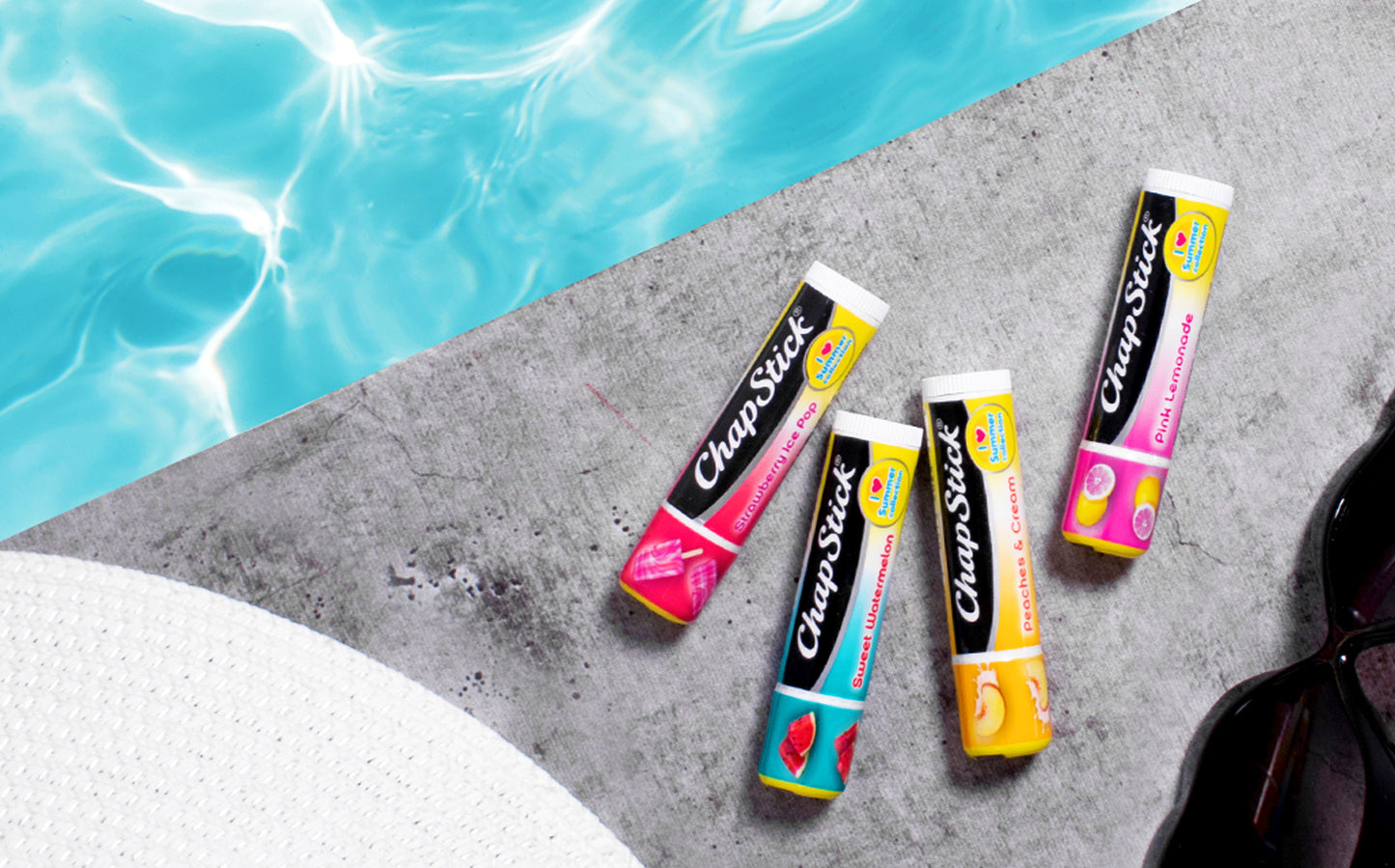
What is Mineral SPF?
Wearing sunscreen should be part of your daily routine all year round to help prevent sunburn and premature aging.1 There are many different kinds of sunscreen available, and one of the most effective types is mineral-based SPF.Mineral vs. Chemical Sunscreen
The main difference between mineral and chemical sunscreens is how they act against the sun.2 In mineral SPF products, the active ingredients sit on top of the skin and act as a physical barrier to reflect UV light.1,2
Commonly used mineral ingredients include titanium dioxide or zinc oxide. Because these act as a barrier, some products with these ingredients may have a more noticeable appearance.1,2 For reference, think of a lifeguard with a thick layer of zinc sunscreen on their nose. The visibility of some mineral SPF products can help you know when you need to reapply them, too. A good rule of thumb with this kind of sun protection is that if you can still see it, it's still working.2 Even so, mineral SPF should still be applied generously to ensure that all exposed skin is covered.3
Chemical sunscreen products absorb the sun's UV rays by adjusting their chemical structure to reduce UV damage to the wearer.1,2 They can come in many formats, including creams, balms, liquid sprays and aerosols, but can wear off quickly and may need to be reapplied more often.2 Additionally, their effectiveness depends on the ability of the wearer's skin to absorb the active ingredients, so it should be applied about twenty minutes before going into the sun.3 The chemical reaction that takes place between this type of sunscreen and UV rays can also be irritating for some people with sensitive skin.3 For this reason, a mineral SPF product may be more appropriate for use on more sensitive skin, such as your face or lips.3
What is SPF?
SPF, short for sun protection factor, is indicative of a product's ability to protect against a type of ultraviolet ray called UVB.1 UVB rays are typically responsible for painful sunburns. Another kind of ultraviolet light that can damage and prematurely age your skin is called UVA.1
When you're looking for a sun protection product, look for one that indicates that it's broad spectrum, which means it will protect against UVA and UVB rays.1
The FDA recommends a sun protectant with an SPF of at least 15.4 This number is determined by how much UV exposure it takes to cause a sunburn while wearing a protectant, compared to without one; higher SPF indicates greater protection.4 There is a misconception that SPF is related to the time of exposure to the sun's rays, but instead it's related to the amount of exposure.4 If the sun is at its peak in the middle of the day, with the strongest rays hitting the earth around noon, then spending an hour outside at noon will be more harmful to your skin than spending three hours outside at 4pm.
Why Your Lips Need Sunscreen
Just like the rest of your skin, your lips are susceptible to damage from the sun's UV rays, and can become sunburned.4 In fact, most people don't think to put any kind of sun protectant on their lips, and they are regularly forgotten.
Wearing and reapplying a product like ChapStick Active 2-in-1 can help lock in moisture with nourishing shea butter, aloe, and vitamin E while using mineral SPF to create a physical barrier to protect your lips from UVA/UVB rays.*
*Mineral based sunscreen may leave a white cast due to zinc oxide.

